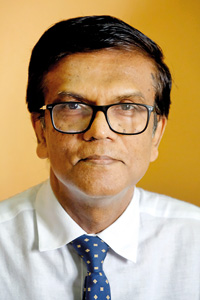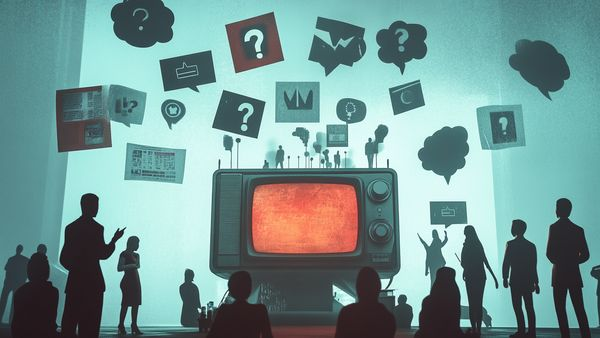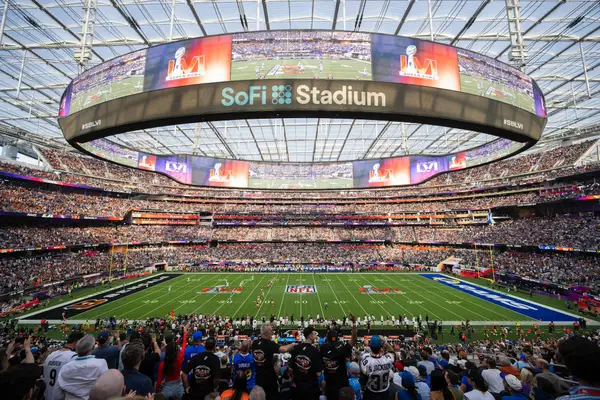In today’s media-rich environment, the role of coverage in shaping public opinion and guiding social behavior has become far more visible and consequential. Scholars define “media influence” as the impact mass communication exerts on audience perceptions, attitudes, and actions—spanning sociology, psychology and communication studies. Research points especially to two key mechanisms: agenda‐setting, where media determine which issues are seen as important, and framing, which directs how those issues are interpreted.
Beyond theory, empirical findings reinforce the media’s power. A study of political campaigns in South Africa found that media coverage significantly altered public perceptions by prioritising topics, influencing candidate visibility, and framing policy debates—demonstrating that exposure and tone of media content can shift public opinion meaningfully. Meanwhile, surveys in the U.S. report that in recent years more than 40 % of adults believe news organisations are increasing in influence—an uptick reflecting the digital proliferation of channels and audience awareness of media power.
Given these dynamics, media coverage holds serious implications for governance, public policy, and individual agency. Journalists, editors and media strategists carry responsibility—since selecting which stories to cover, how long to cover them, and the angle of narration all contribute to public prioritisation and discourse. Equally, media literacy becomes essential for consumers, enabling them to recognise how content is framed, and to evaluate what is emphasised or under-reported. In a world of growing media fragmentation and algorithm-driven attention, understanding the mechanics of media coverage is not optional—it’s foundational to navigating democracy, culture and decision-making.






